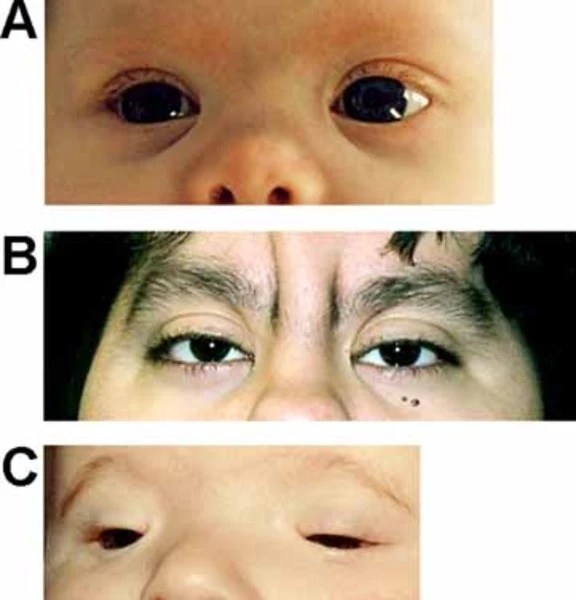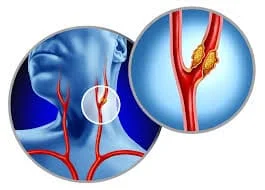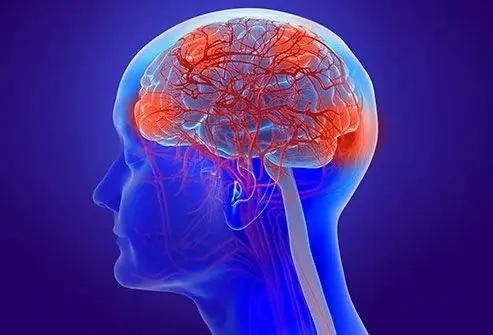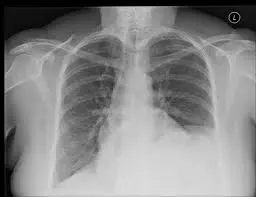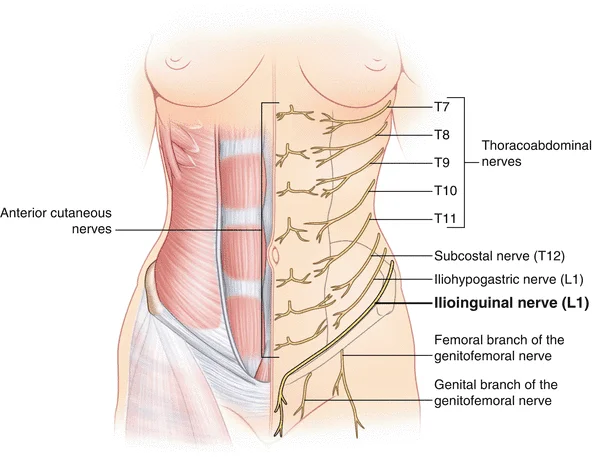Jacobsen Syndrome
What is the Jacobsen Syndrome Jacobsen Syndrome is a rare genetic disorder caused by the deletion of genetic material from the end of chromosome 11 (11q deletion disorder). It is characterized by developmental delays, intellectual disabilities, distinctive facial features, bleeding disorders (due to platelet dysfunction), heart defects, and growth delays. The severity of symptoms can…

